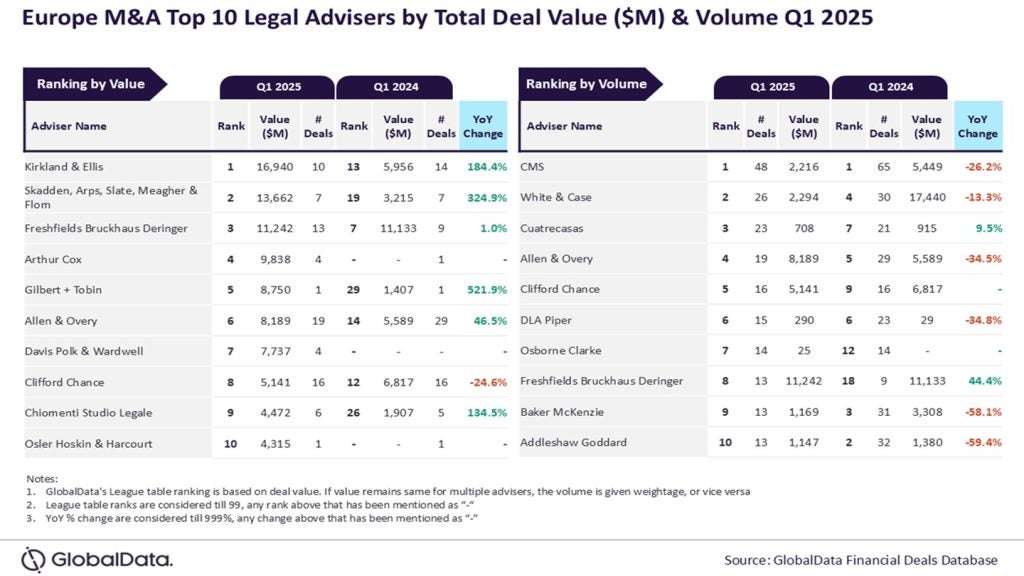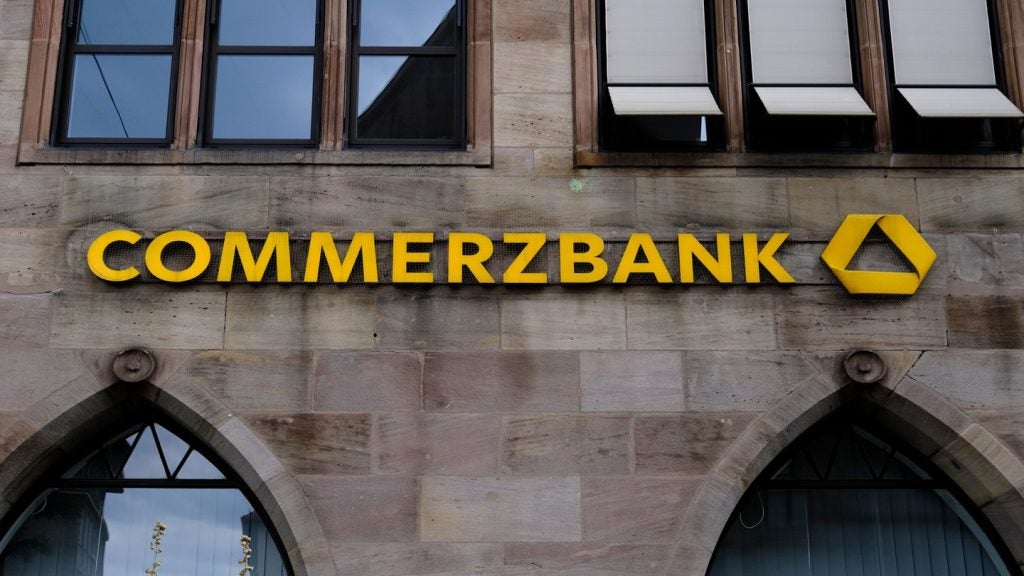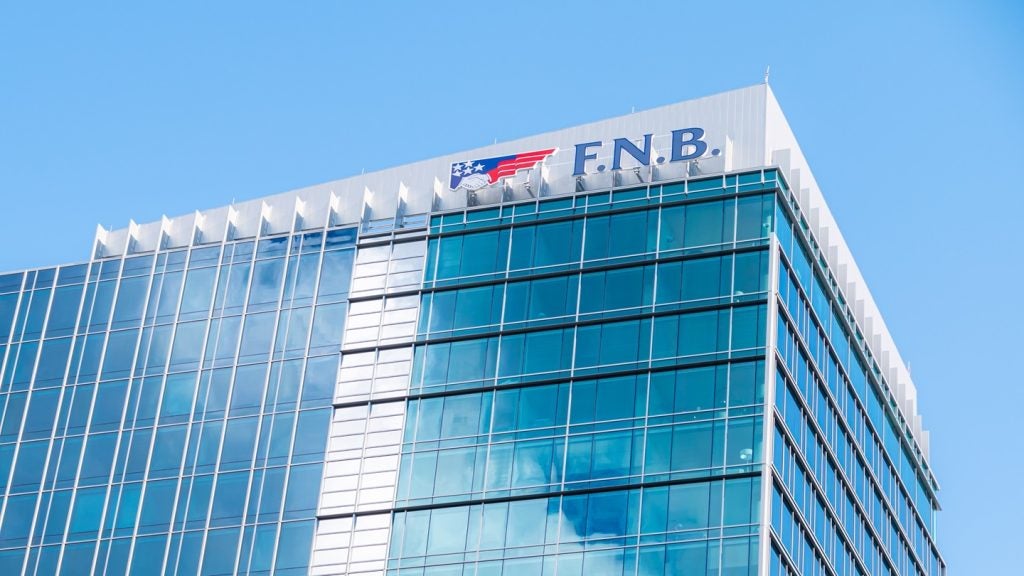Building societies are facing a squeeze on profits and a
growing regulatory burden. The cost of funding has soared and
societies have resorted to cost cutting and consolidation. KPMG’s
Richard Gabbertas tells Farah Halime how the sector will respond to
the same challenges faced by retail banks much larger in
size.
 A building society’s unique selling point is that of
A building society’s unique selling point is that of
mortgage provider. Yet the post-crisis economy has put the
industry’s raison d’être out of kilter.
With nearly £12bn ($18.8bn) of net
negative lending since the beginning of 2009, building societies
have suffered partly due to waning demand. The main factor,
however, is down to limited access to fresh capital.
Mutuals do not have access to
equity markets in contrast to high street retail banks, making it
more difficult to acquire fresh capital to back lending
activity.
The short supply of capital is a
big issue facing the sector.
The impact has been to increase
societies’ cost of funding sharply. The high marginal cost of
funding has made it hard for societies to compete for new mortgage
lending against some of the large internationally diversified
banks.
A squeeze on profits and the
growing regulatory burden of the Basel III capital requirements has
put increasing pressure on building societies.
Although the UK has had a
historically low base rate of 0.5% for 18 months keeping mortgage
rates down, some building societies are having to pay up to 5% for
deposits as they compete aggressively for money to top up scarce
wholesale funding.
Much like the rest of the financial
services sector, most have needed to cut costs and some building
societies have sought efficiencies through mergers.
The number of building societies in
the UK now stands at 49, a 22% drop from the 63 societies in
2004.
Three mergers have taken place
since April this year alone; Chelsea Building Society and Yorkshire
Building Society, Chesham Building Society and Skipton Building
Society and Stroud & Swindon Building Society and Coventry
Building Society.
KPMG’s Building Societies Database
2010, which publishes the data, said the consolidation trend was
likely to continue.
But KPMG predicts that changes in
societies’ funding models, away from the money markets to rely
increasingly on retail funding, will benefit many customers,
particularly savers. The firm forecasts that societies are likely
to begin offering simple current account facilities to boost
deposits and look to widen distribution via agencies – usually the
strategy of a retail bank.
KPMG predicts a slowing of mergers
and acquisitions as the worst problems of the sector are
resolved.
Richard Gabbertas, a partner at
KPMG, told RBI: “I think there may well be a slowing of
consolidation to some extent.
“We have seen problem cases dealt
with in the course of the past two or three years so in theory the
rest of the sector is in relatively better shape.”
Gabbertas said there has been a
continuing flow of consolidation in the sector in the past 5 to 10
years.
But he would not be drawn on
predicting further consolidation in the sector.
“Twenty years ago people were
predicting there would only be 30 societies left now and there are
many more left than that,” Gabbertas said.
“Every prediction at the rate of
consolidation has always been wrong so they are difficult to
predict.”
Far from
deterioration
Nationwide Building Society still
dominates the industry, with assets of over £190bn.
It represents on its own nearly 60%
of the total group assets of the societies listed. The strength of
Nationwide is more pronounced since Britannia Building Society’s
merger with Co-operative Financial Services in August 2009.
The smallest building society, by
contrast, is the Edinburgh-based Century Building Society with
assets of just £23.6m.
Gabbertas said that KPMG does track
potential mergers in the industry but did not want to disclose
facts.
Unsurprisingly, he said that
smaller societies look to larger, stronger societies as a buffer
against regulatory requirements and scarce funding. In turn this
has strengthened the building society sector and helped it become
more of a rival to the retail banking giants of the high
street.
KPMG said two thirds of the UK’s
building societies reported increased profits at their last year
end.
The last couple of months have seen
strong interim results from three of the largest societies, the
Yorkshire, Coventry and Leeds.
A number of societies also grew
strongly over the last year – including the Swansea (38%), Bath
Investment (17%) and the Skipton (14% – largely the result of the
merger with the Scarborough Building Society in 2009).
However the underlying trend is of
squeezed margins and limited profits.
Among the top 16 societies, average
profits fell by 7% in 2009.
The key to future profitability lies in cost-cutting to
counteract tight margins. KPMG said the signs are that an easing of
funding costs over the medium term will see societies’ positions
improving.







